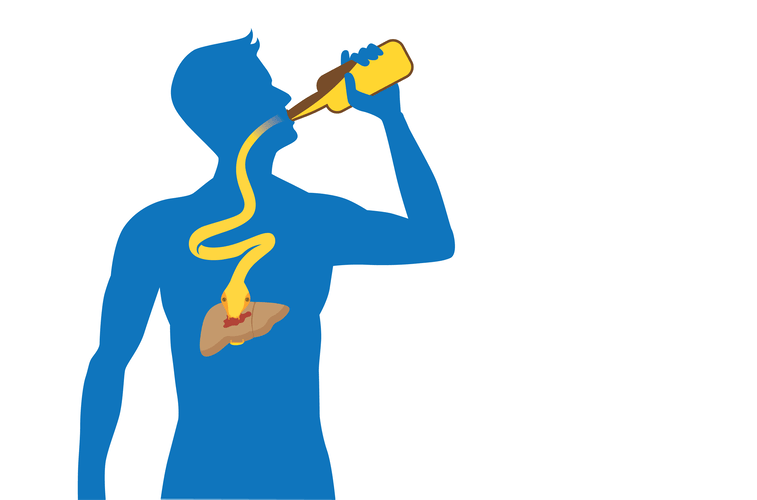They vary in size and, over time, completely change the shape of the nose. There are causes of alcoholic nose and visible signs of an alcoholic nose. It is known that alcohol allergies can develop at any point in life. Whether someone has been drinking for decades or has recently picked up their first drink after some time, potential allergies can happen at any time. However, some studies have shown that those who drank alcohol more often were at higher risk of developing rosacea, mostly when consuming hard liquor. While other studies have shown only a slight chance of developing rosacea, alcohol still boosted the possibilities over those who did not indulge in these beverages.
Does Alcohol Cause Acne? Effects of Beer, Wine, and More – Healthline
Does Alcohol Cause Acne? Effects of Beer, Wine, and More.
Posted: Wed, 21 Feb 2018 08:00:00 GMT [source]
Alcoholic nose, or drinkers nose, is a skin condition commonly characterized by a bumpy, red, or swollen appearance of the nose and cheeks. For years, it was widely believed that this condition was caused by alcohol use disorder or alcoholism. However, more recent research has actually determined that alcoholic nose, or rhinophyma, has nothing to do with how much or how little a person drinks.
Risk factors
New research has brought the connection between rhinophyma and alcoholism into question. Rosacea, which is closely related to many of the symptoms of rhinophyma, has been linked to alcoholism or the heavy consumption of alcohol. https://accountingcoaching.online/sober-living-scholarships-in-texas/ We publish material that is researched, cited, edited and reviewed by licensed medical professionals. The information we provide is not intended to be a substitute for professional medical advice, diagnosis or treatment.
The longer tissue overgrowth remains on the skin, the more likely it is to become permanent. If you are suffering from rhinophyma, talk to your doctor or dermatologist to develop a plan for treatment. However, only a small percentage of people with rosacea will develop the condition. One study found that out of 108 patients with rosacea, only 15 were noted to also have rhinophyma, almost all of whom were men.
What is an Alcoholic Nose (Drinker’s Nose)?
Many doctors advise patients with rosacea to avoid drinking and cooking with alcohol, especially red wine for women, to avoid aggravating the skin condition. Alcohol use disorder and skin conditions https://trading-market.org/art-therapy-for-drug-alcohol-addiction-recovery/ like rosacea are connected because of the potential for alcohol to worsen existing skin conditions. If you develop rhinophyma, your nose may appear red, large, and even bumpy or bulbous.

It shows up more frequently in men than women and is common among those with fair skin and European ancestry. Other options include topicals like metronidazole or azelaic acid. By contrast, 4 Ways to Make Amends in Recovery people with more advanced cases may be prescribed topical ivermectin, oral isotretinoin, or brimonidine. Currently, no single thing has been shown as the direct cause of rhinophyma.
How Alcoholic Nose Can Point to an Addiction at Hand
In this way, alcohol does have some connection to rhinophyma, although alcohol alone is not the root cause of rhinophyma. Instead, if an individual has rosacea and drinks often, they might trigger more rosacea flare-ups, which can lead to increased thickening of the skin on their nose. The Mayo Clinic reports that over a long period of time, rosacea can thicken the skin of the nose. This thickening of the nose causes it to become more bulbous, which is the condition you now know as rhinophyma. Although rosacea itself is more common in women than men, the specific side effect of rhinophyma happens more often in men than women. The study surveyed a range of people with the skin condition and revealed that rhinophyma is found in just as many individuals who do not drink as in those who do drink.